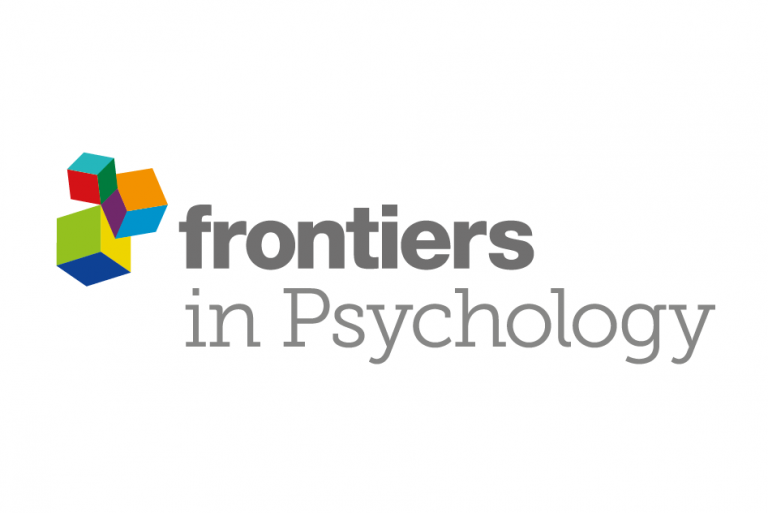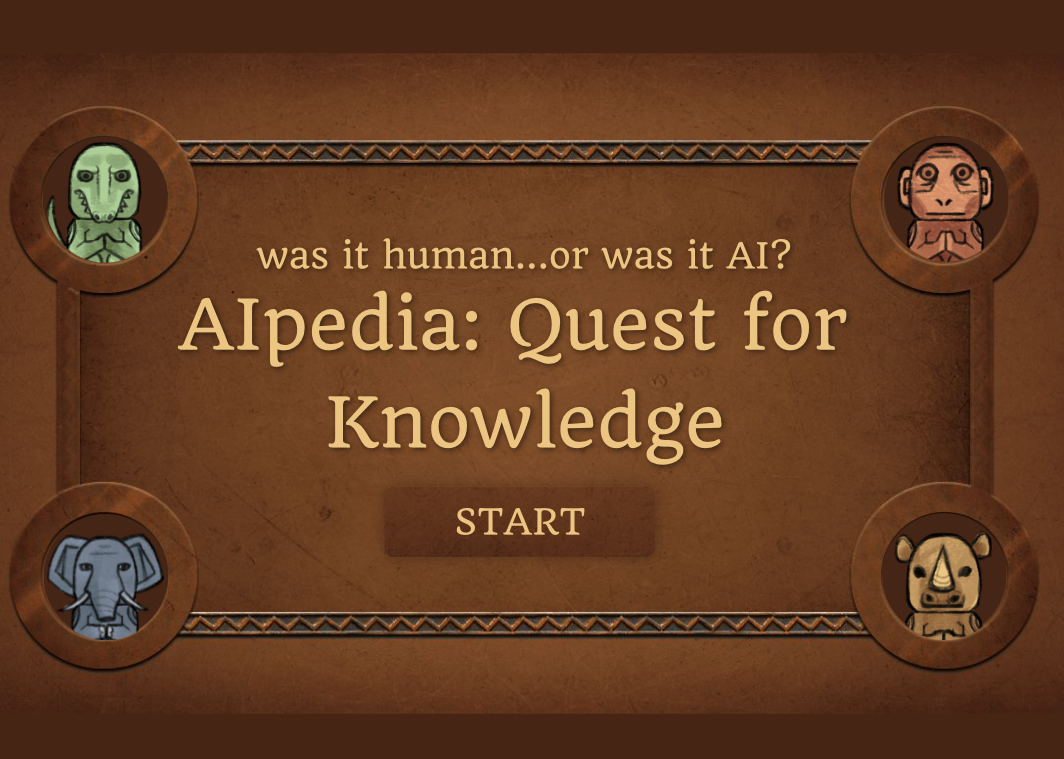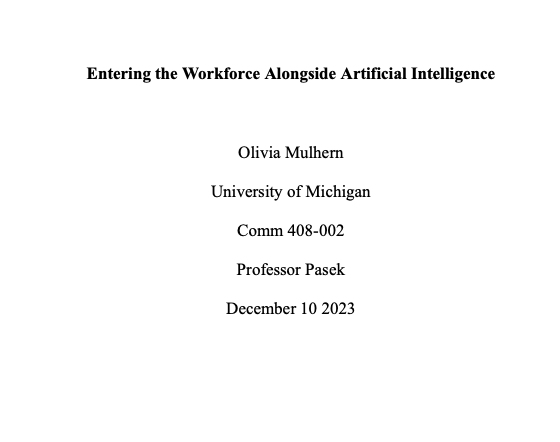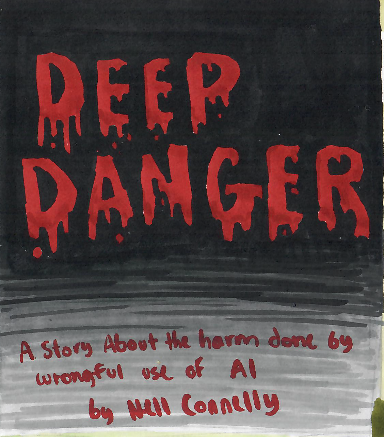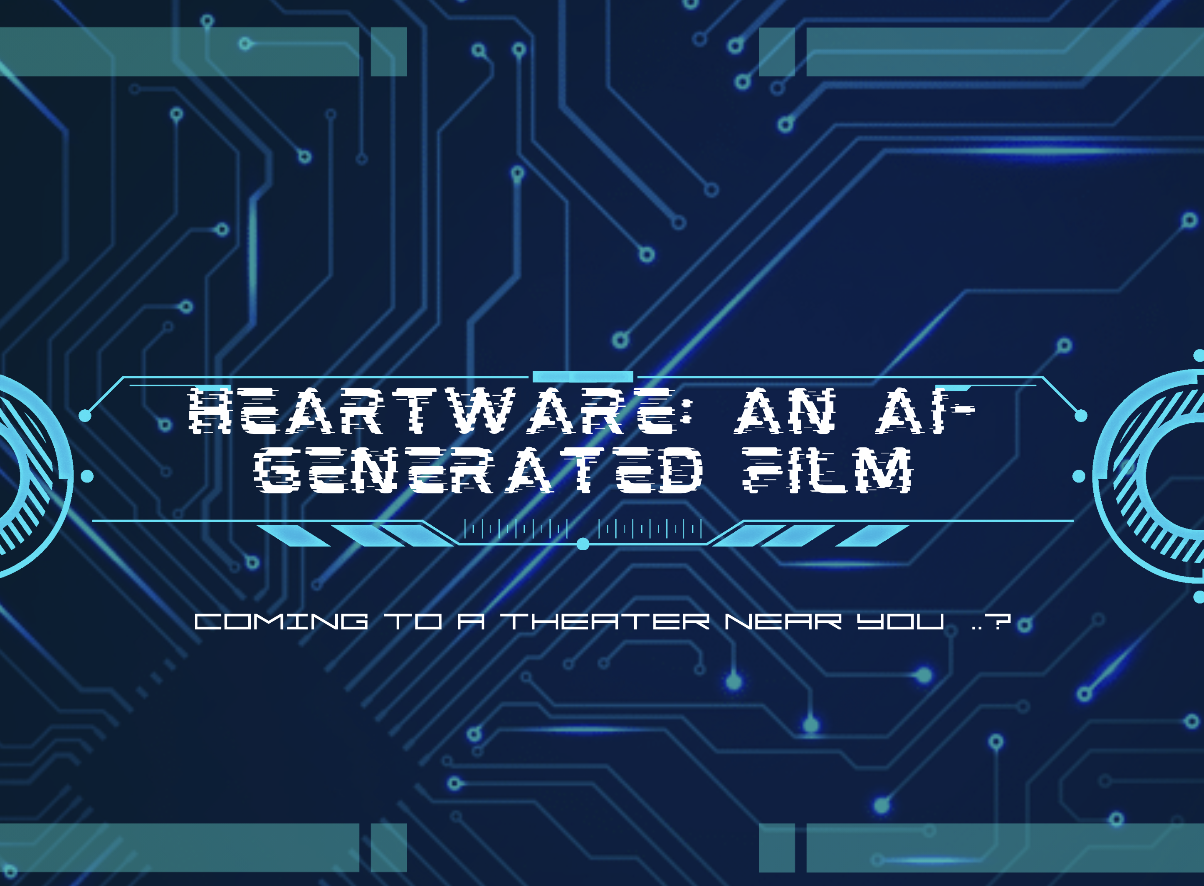With Matthew Levendusky, Shawn Patterson Jr, Michele Margolis, Kenneth Winneg, Kathleen H Jamieson. 2023. Science Advances. […]
With Charlotte Anne Wright, Ji Young Lee, Ally S Masters, Roberta Michnick Golinkoff, Bo Stjerne Thomsen, […]
Anika Minocha - While learning about the implications of AI in the creative realm, I was particularly intrigued--and a bit worried. I've been doing photography since I was a sophomore in high school, and one of the biggest thing that drew me to it then (and still draws me to it now) is how much you can push the limits of creativity through a singular photograph. I especially enjoy photographing people; if you manage to align all of the variables in just the right way, you get to capture an image that invokes emotion: what I see as the ultimate goal of photography. So when I heard that AI was being used to do supposedly similar things that I do, I was immediately interested to see just how well these tools can execute an editorial photography concept.
Sami Hoang - Drawing inspiration from the activity we did all the way back at the beginning of the semester, I used Chat-GPT to generate fictional quotes for the board game challenges.
Olivia Mulhern - A paper surrounding the idea of artificial intelligence in the workplace, with the highlighted perspective of those of us also entering the workforce.
Nell Connelly - A graphic novel illustrating some of the potential dangers of AI misuse.
Rachel Roterman - Heartware is definitely not making it on the big screen any time soon, but why not? As it turns out, AI in its current state is only as useful as the human behind the screen putting input. That’s not to say AI can’t make some pretty incredible things- it absolutely can. Take Jason M. Allen’s piece created in Midjourney: “Théâtre D’opéra Spatial,” which took home the blue ribbon at the Colorado State Fair. However, he explains that he had to use a very specific prompt in order to obtain the drawing, which he chose not to disclose.
Gillian Pickney - AI-Driven Communication can ensure that individuals can have their specific questions promptly addressed without the hassle of waiting or scheduling an additional appointment. Through personalized interactions that are tailored to each patient’s unique needs, individuals can feel acknowledged, informed, and empowered in navigating decisions about their health and wellbeing.

